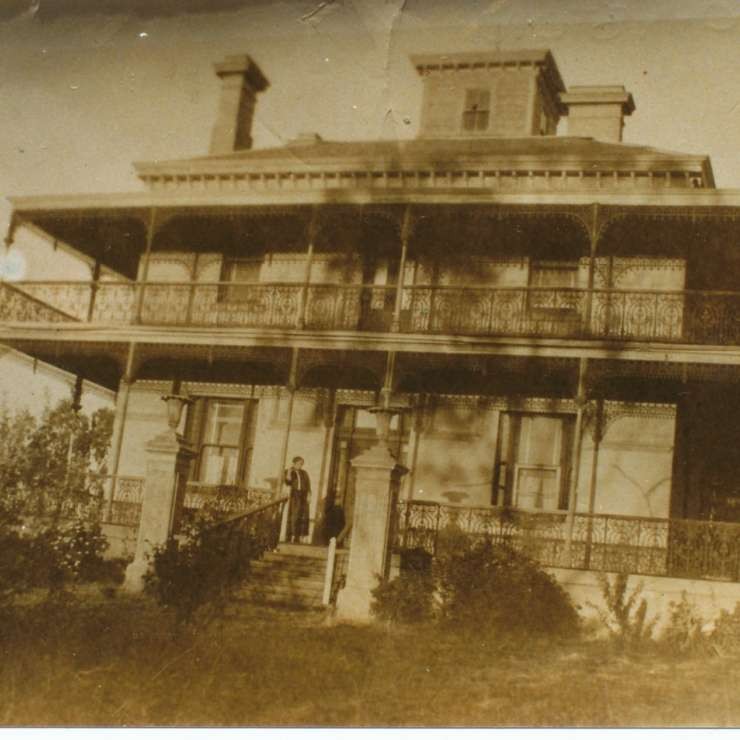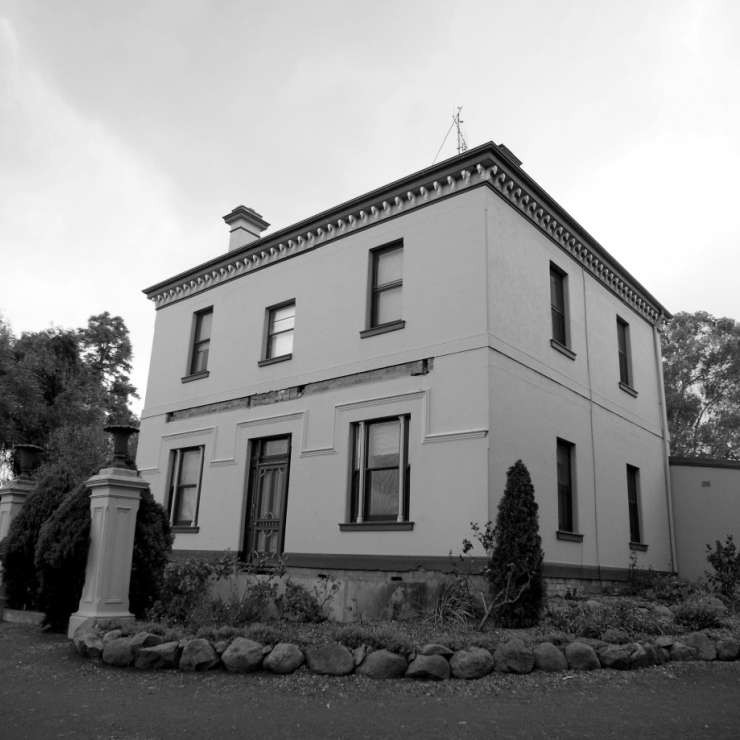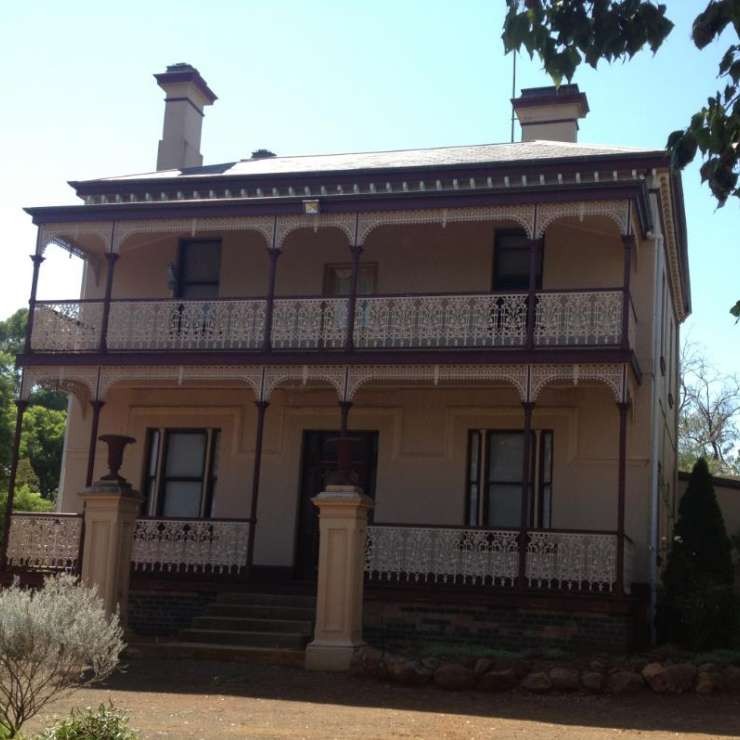The 2013 Cultural Heritage Award Winners
The winners from the 2013 Awards are listed below. Please note that the categories are different for the 2017 awards but you may get some ideas and inspiration from the examples below.
Members of the Tatura and District Historical Society
Entered in the category ‘Other’
This award recognises the potential for outstanding contributions to cultural heritage conservation, research, education, promotion, interpretation, training and awareness-raising within Greater Shepparton.
The collections held at this museum are of great diversity and provide a remarkable insight into many aspects of the cultural heritage of Tatura and the wider region.
The publication Water: the vital element | 150 years of Shepparton’s growth (Shepparton Heritage Centre Inc)
Entered in the category ‘Best Archival or Other Publication’
This award recognises and acknowledges the author(s) or editor(s) of an outstanding publication related to interpretation, recording, research, promotion and awareness-raising of cultural heritage within Greater Shepparton.
This publication, by focusing on water, the collection of water, the distribution of water and the politics of water, illustrates how water has shaped Shepparton over the last 150 year and is a valuable record of the cultural heritage of Shepparton.
St Augustine's Anglican Church (Diocese of Wangaratta)
Entered in the category ‘Best Maintained Place’
This award recognises cultural heritage places that are maintained to very high standards by their owners or guardians.St Augustine’s Anglican Church is one of Shepparton’s finest architect designed buildings.
A large part of this church complex was designed by Louis Williams - a noted church architect from the early 20th century.
The Anglican community have been excellent stewards as they have carefully maintained and preserved the fabric of the building as well as providing a beautiful garden setting for the whole complex.
The Welcome to Merrigum from 1887: History Walk (Merrigum Historical Society)
Entered in the category ‘Interpretive Signage’
This award recognises the interpretation of a place of cultural heritage significance in a text – written, electronic or other – which serves as a communication tool for the understanding of the place and as a tangible reminder of its cultural heritage significance.
The 'Welcome to Merrigum Walk' prepared by the Merrigum Historical Society is a meticulously researched brochure. It is well written and provides the perfect amount of detail and historic facts.
The recording The Siege of Tallygaroopna (Heather and Bruce Lloyd)
Entered in the category ‘Other’
This award recognises the potential for outstanding contributions to cultural heritage conservation, research, education, promotion, interpretation, training and awareness-raising within Greater Shepparton.
The recording of the Siege of Tallygaroopna is a marvellous rendition of a tale from the very early squatting days. It is hugely entertaining while at the same time providing a historic background.
The former Springvale Presbyterian Church (Suzanne and Wesley Tyson)
Entered in the category ‘Creative Reuse of a Place’
This award recognises adaptive reuse of a place of cultural heritage significance. It must demonstrate that the adaptive reuse has had a minimal impact on the place’s cultural heritage significance and setting.
Throughout regional Victoria churches are being sold as congregations dwindle. There are many examples of adaptive re-use and this adaption has placed an equal importance on the retention of the interior finishes and spatial qualities as well as the retention of the essential character of the church building.

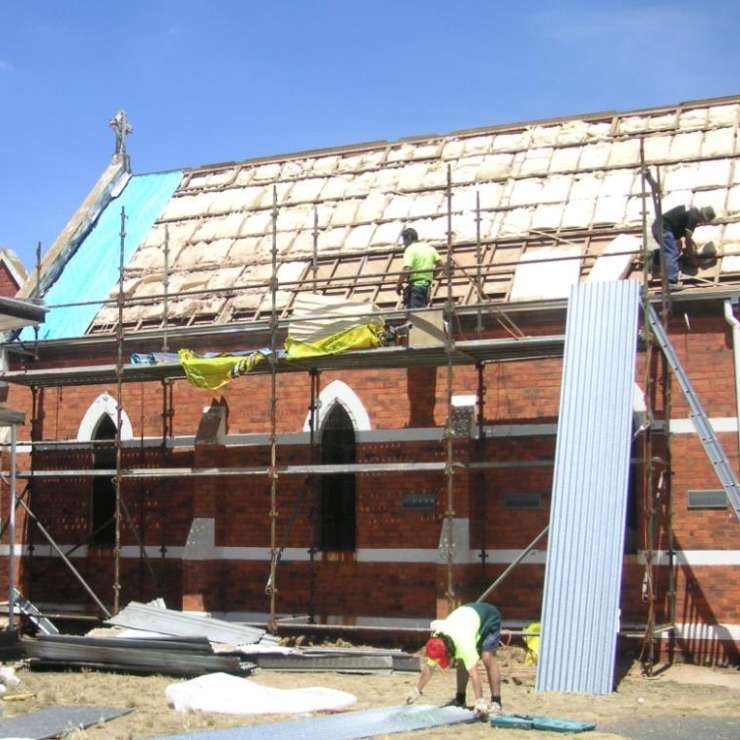
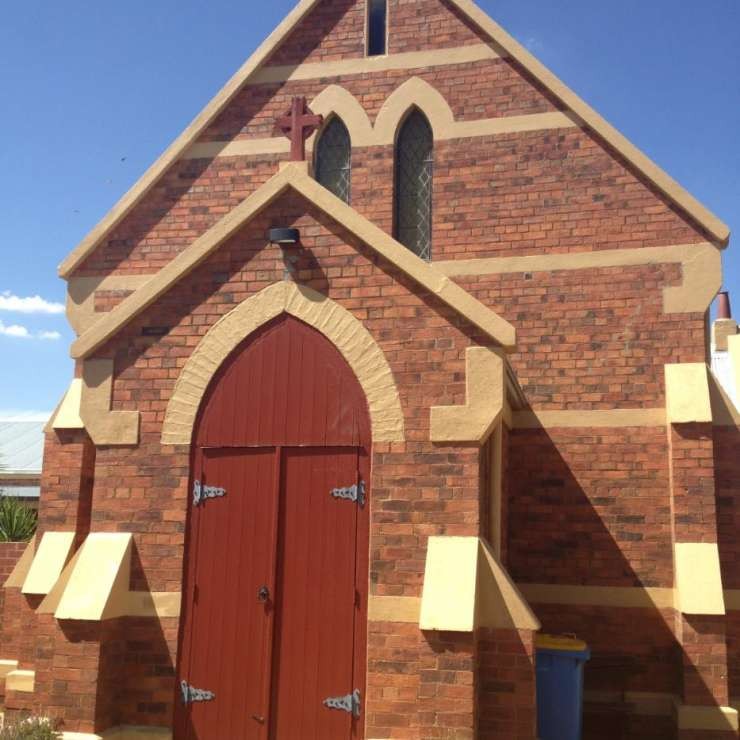
Chateau Dookie (A and C Moylan)
Entered in the category ‘Restoration of a Place’
This award recognises best practice restoration work that returns fabric back to a known earlier state or conserves its integrity. It must have demonstrated an outstanding application of the principles of the Burra Charter.Chateau Dookie is of great historic interest and significance. ‘The Chateau’ was constructed in 1886 for John Curtain, MLA for North Melbourne in 1871-1877, and was built by local builders Alexander and Torgrimson. It incorporated special features in response to hot climatic conditions including verandahs along all four sides.
The verandahs were removed in the twentieth century. The new owners have reconstructed one of the verandahs to the front façade. It was designed to best replicate the original – albeit without the returns. During the construction of the verandah the original materials have not been used. There were no surviving remnants of the ‘cast iron’ to be found and new panels were cast.
The introduction of new materials when the originals have been lost is a decision that needs to be made carefully. The new materials and technologies used are clearly identified as such. This is important as it is a reconstruction [albeit partial] and to ‘find’ old materials and use them in any restoration works would be misleading. This methodology is fully supported by the Burra Charter and is a fine example of judicious conservation works.


